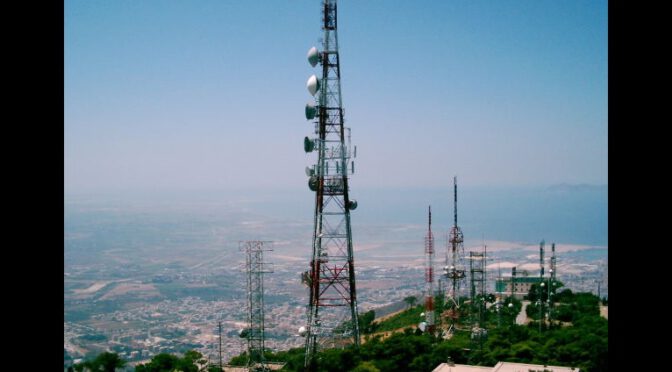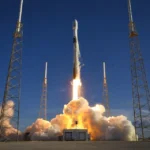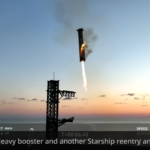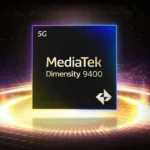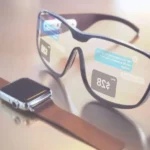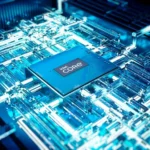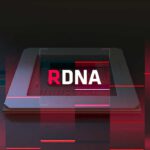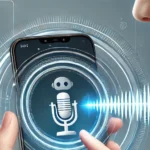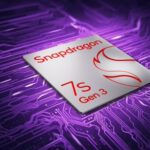Image: Radio Tower, Free Stock Picture, MorgueFile.com.
AT&T is actually a normal telecommunications company that takes care that the network in the USA is and remains stable. But the North Americans are also preparing for the really big catastrophe.
Ever heard of a Network Disaster Recovery (NDR) program? The US network operator AT&T has set up a so-called NDR site in a warehouse just outside of Atlanta. Here, a group of volunteers are testing how to quickly bring connectivity back up if a local site is destroyed.
Similar disaster protection initiatives are also being driven by providers such as T-Mobile and Verizon. AT&T’s big advantage over the competition is that it has been training for emergencies since 2008. As reported by Engadget , the company has already spent more than 650 million US dollars to set up the NDR program in the USA.
Versatile options
Part of the contingency plan is a four-wheel drive Club Cab pickup truck packed to the roof with cellular equipment to help restore portions of a collapsed network. For several years, the company has also been using Flying Cell-on-Wings – drones that fly around 90 meters above the ground and can provide 5G coverage of around 25 square kilometers.
Looking to the future, AT&T has also patented a long-distance flight system that can pilot drones thousands of miles away, and is researching solar-powered units that can fly autonomously for days.
As NDR employees stated, Robodogs are currently being tested, which could be used in a variety of scenarios. The ideas range from rescue operations in forest fires to bomb disposal.
AT&T is also represented on the water. What looks like a red mini tank is an in-house amphibious vehicle that can easily make its way through the water thanks to its rear propellers. The vehicle could be used to transport people and payloads in areas devastated by hurricanes.
Ready for all scenarios
Besides all these future scenario toys, the core of the NDR work is the Colt, short for Cell on Light Truck. These trucks can tap into the company’s existing fiber optic lines and provide cellular connectivity in a matter of hours. If the local infrastructure has been completely paralyzed, there are also Satcolts that can connect to satellites.
The company also stocks thousands of generators. While the primary goal is to restore connectivity for first responders and customers, AT&T’s commitment to Firstnet also ensures interoperability with competing carriers.
